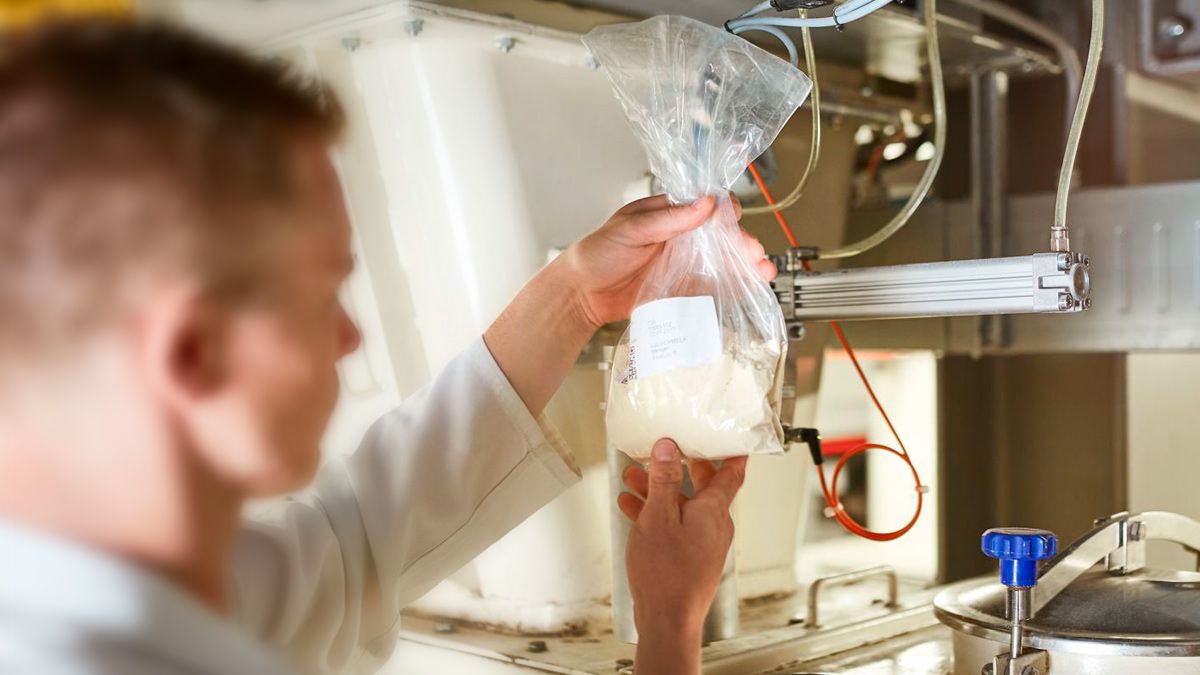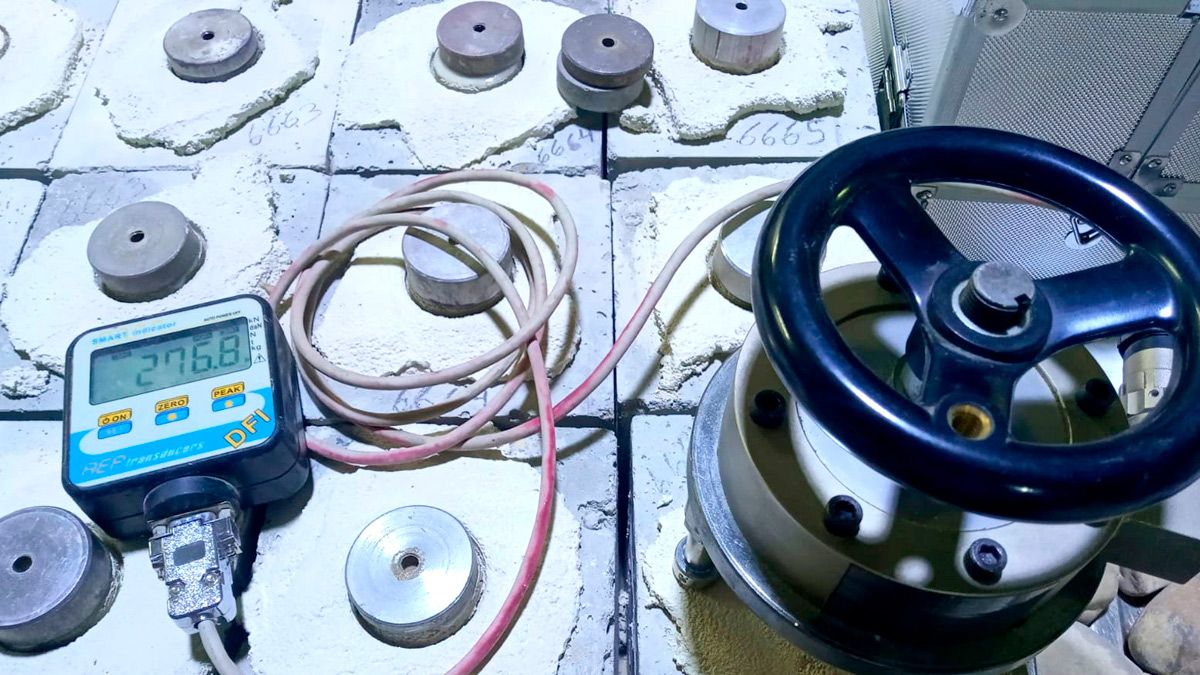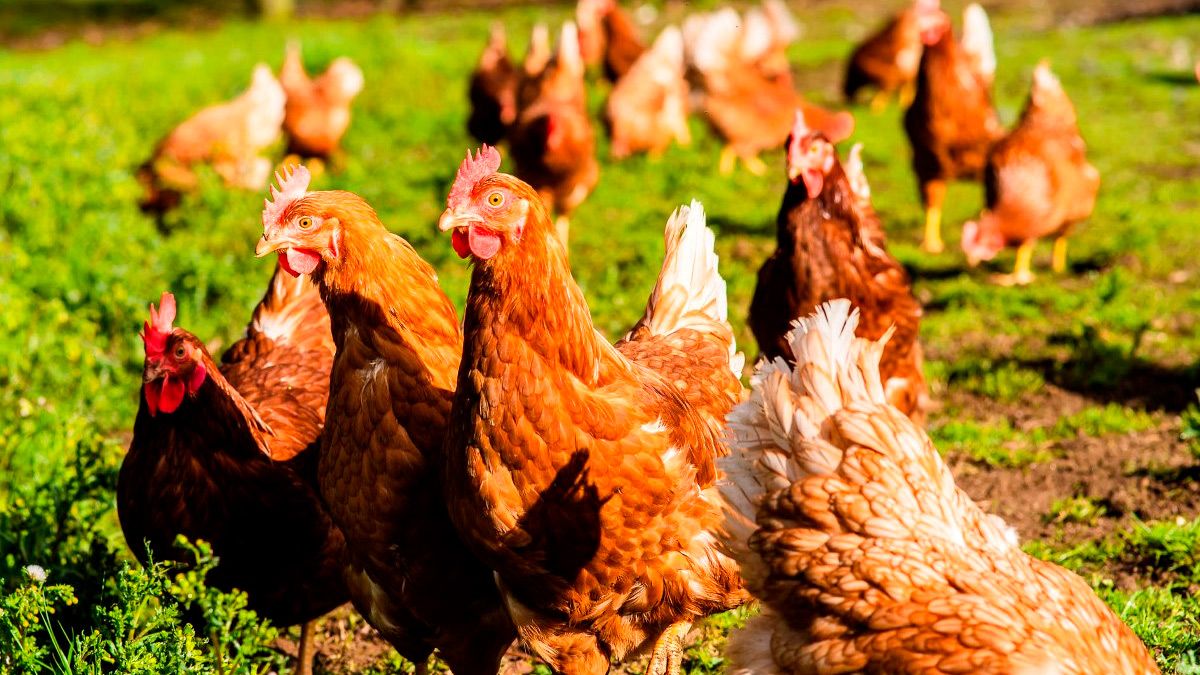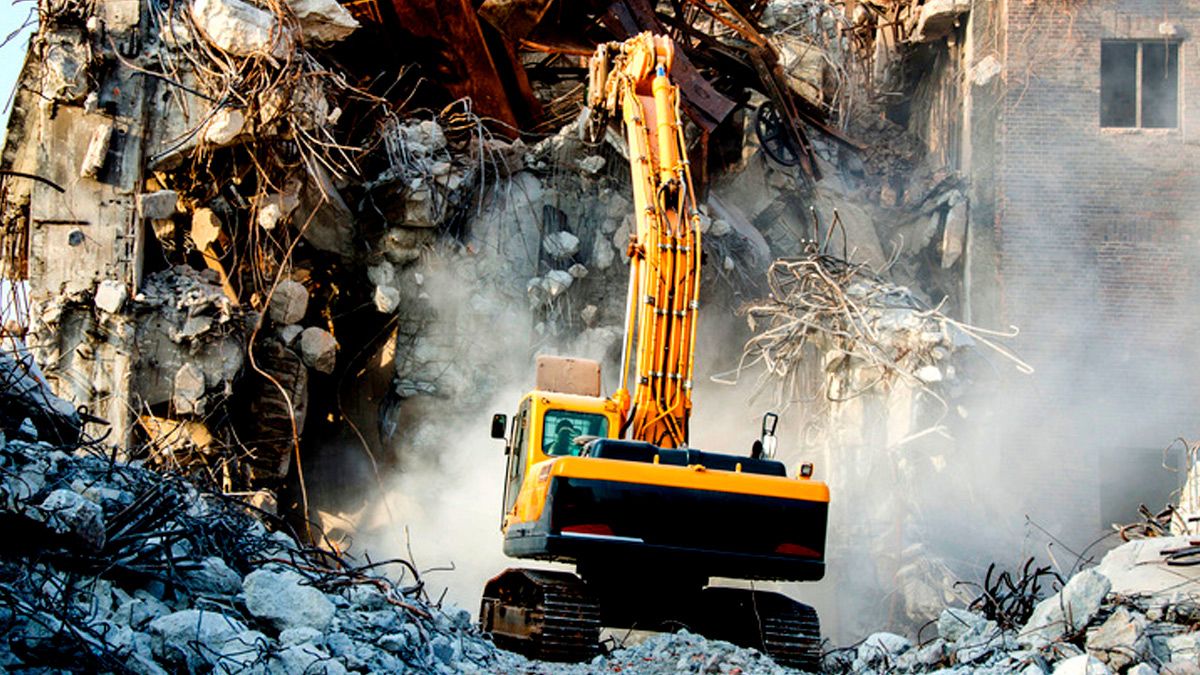

Innovation
Innovation

Researching solutions
Sodira's research staff work with a wide range of technical experts and laboratories to improve the qualities of the products we offer our customers, developing innovative industrial solutions that increase their profits.

Development of new solutions
This is the case of the project entitled Development of new high-performance solutions in the construction aggregates sector, whose main scientific-technological objective is the research and development of new formulations of mortar-type materials, achieving an increase in adherence without compromising other basic properties.

Another example of success is the project "Development of new solutions for calcium crushed products with applications in the agri-food sector", which studies and develops new experimental prototypes based on CaCO3 seed for feeding laying hens with the aim of improving the digestibility of Ca.

Innovating towards sustainability
Our commitment to sustainability is demonstrated in our commitment to Research and Development projects in the area of sustainable management of construction and demolition waste (CDW), which allow us to achieve maximum use of material and mineral waste.
This means a significant improvement in economic, environmental and social impact, in line with the Spanish Circular Economy Strategy and the European Green Pact against Climate Change.
VALREC Project
 With a budget of more than 5 million euros and a duration of two years (2021-23), VALREC was created with the aim of developing innovative solutions to increase circularity, traceability and purity of the mineral resources present in Construction and Demolition Waste (CDW), and thus carry out eco-efficient manufacturing of new construction products.
With a budget of more than 5 million euros and a duration of two years (2021-23), VALREC was created with the aim of developing innovative solutions to increase circularity, traceability and purity of the mineral resources present in Construction and Demolition Waste (CDW), and thus carry out eco-efficient manufacturing of new construction products.
This is the object of the R+D+i project called Innovative solutions to promote the valorization of CDW and the use of recovered materials under Circular Economy criteria in the CAM, VALREC, in which Sodira collaborates as part of the consortium of companies that carry it out.
As a mining company, in Sodira we investigate to take a step forward in sustainable mining, avoiding the disposal of construction and demolition waste, RCDs, in landfills, giving them a second life and making the most of the environmental impact of their generation.
Among its objectives is to increase by 30% the circularity of mineral resources towards higher value construction products, avoiding the dumping of up to two million tons of RCD per year, and reducing the carbon footprint of companies by approximately one 20%.
In Spain, the rate of elements recovered on site for recycling continues to be one of the lowest in Europe, standing at around 37%. Since July 2022, state regulations require that non-hazardous Construction and Demolition Waste (CDW) be classified into, at least, wood, mineral fractions, metals, glass, plastic and plaster . And the Law on Waste and Contaminated Soils for a Circular Economy, approved by Congress, contemplates that dangerous substances be removed at demolition works, prohibiting their mixing with other waste.
The different solutions are conceived from a holistic approach, adapted to the local CAM scenario, which addresses overcoming different technological and market obstacles associated with:
- Selective demolition and quality traceability through the digitalization of information.
- Use of innovative technologies to obtain recycled raw materials of higher purity and improved qualities.
- Incorporation of a higher percentage (with a goal of up to 95% by weight) of recycled raw materials in new products for the construction sector, which provide greater performance.
- Demonstration and validation of eco-designed solutions, as well as new digital solutions that allow for greater detail of information throughout the value chain.
The project has the support of the technological research and development center TECNALIA, the Eduardo Torroja Institute of Construction Sciences (IETcc), the Autonomous University of Madrid (UAM) and the Polytechnic University of Madrid (UPM).
The VALREC project “Innovative solutions to promote the VALorization of CDW and the use of recovered materials under Circular Economy criteria in the CAM” has been subsidized through the 2020 Call for aid co-financed by the European Regional Development Fund to contribute to the improvement of Public-Private Cooperation in R&D&i by supporting Technological Innovation Projects with a tractor effect developed by open innovation centers in the Community of Madrid, within the framework of the Regional Research and Innovation Strategy for Intelligent Specialization (RIS3), within the ERDF Operational Program of the Community of Madrid for the period 2014-2020.




